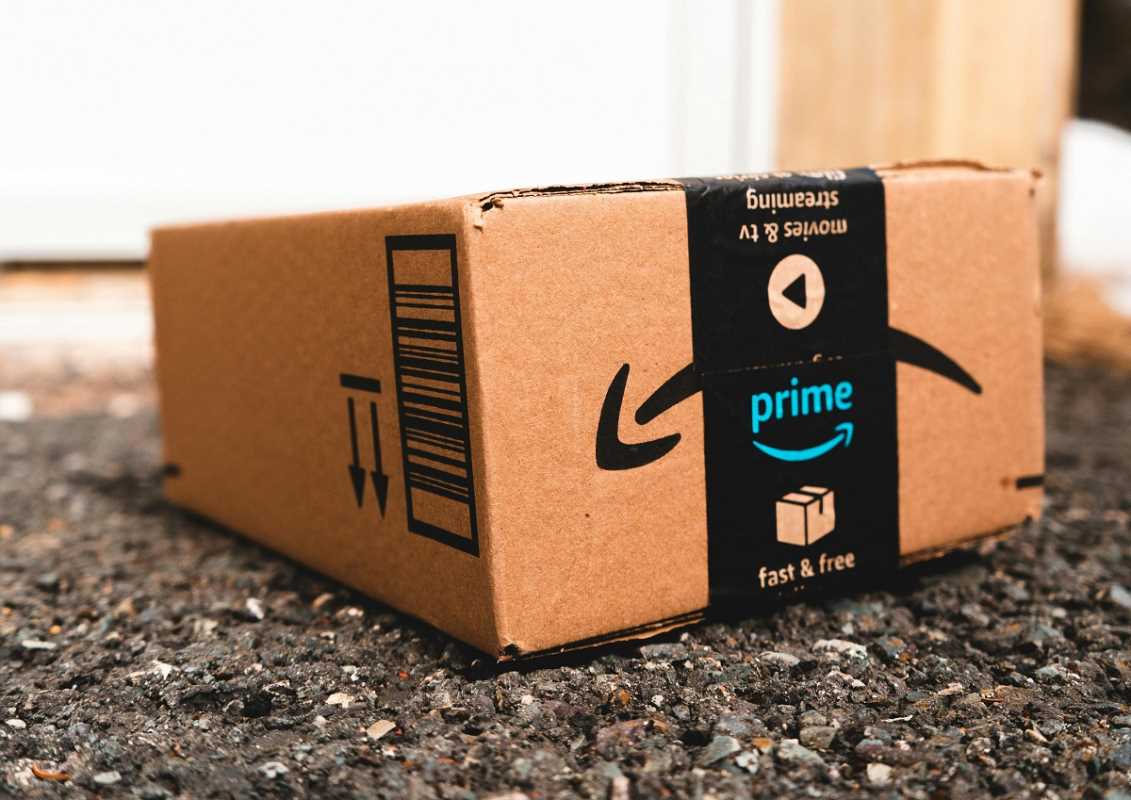When was the last time you bought something "just because"? Impulse buying and unnecessary spending are habits that many of us fall into. But what if every dollar you saved on those purchases went into building your financial future instead? It’s time to rethink your spending and adopt a proactive approach to turning everyday savings into investment opportunities. By buying less and investing more, you can work toward long-term financial goals and ultimately build lasting wealth.
Here’s how you can transform your mindset, break spending habits, and make smarter choices with your money to grow your investment strategy.
Why Investing Is Better Than Overspending
At its core, investing is about making your money work for you. When you invest, you give your savings the chance to grow through compounding interest, dividends, and asset appreciation. Spending, on the other hand, often serves short-term gratification but leaves nothing behind to show for it.
Consider this simple example:
- If you forgo purchasing a $100 non-essential item and instead invest that amount in a stock portfolio with an annual return of 8%, in 20 years, that single $100 could grow to over $466. Imagine making that a monthly habit of repurposing $100 into investments. The results could be life-changing.
This doesn’t mean you stop spending altogether. Instead, it’s about cutting out what doesn’t add value to your life and putting that money to better use.
How to Free Up Money for Investing
Here are practical steps you can take to reign in unnecessary spending and repurpose those savings into your investment strategy.
1. Track Your Expenses
Before you can adjust your spending habits, you need to understand where your money is really going.
- Use budgeting apps like Mint or YNAB (You Need a Budget) to categorize your expenses and identify areas of overspending.
- Look for patterns in spending that aren’t aligned with your real financial priorities, such as eating out too often, paying for unused subscriptions, or impulse online shopping.
Once you see the numbers in black and white, it’ll be easier to shift those funds toward something more meaningful, like your investment portfolio.
2. Set Spending Priorities
Adopt a mindset of intentional spending by asking yourself these questions before every purchase:
- Does this add long-term value to my life?
- Will I still care about this purchase tomorrow, next week, or next year?
- Does this align with my financial goals?
By shifting your priorities toward needs instead of wants, you’ll naturally find more room in your budget for investing.
3. Take Advantage of Discounts, Rewards, and Deals
Smart shopping can lead to big savings that can be diverted toward investments.
- Use cashback apps like Rakuten or Honey for online purchases. The cashback you earn can easily be transferred into an investment account.
- Shop only during major sales events (Black Friday, Labor Day, etc.) for needed purchases, and skip paying full price.
- Optimize your credit card rewards. If you earn points or cashback, consider redeeming those savings to fund an IRA or other investment account.
The trick is to make sure those savings don’t just sit idle in your checking account. Commit to moving every dollar you save into your investment strategy.
4. Cut Back on Non-Essential Purchases
Take a hard look at your discretionary spending.
- Do you really need that $5 coffee every day, or could you cut back to just once a week? Those savings could mean an extra $100 per month to invest.
- Is your gym membership being used, or could you switch to at-home workouts?
- Could you save on entertainment costs by cooking in, renting movies, or taking advantage of free local events?
Small adjustments add up quickly, especially when combined with the power of compounding returns.
5. Automate Your Savings Into Investments
Make investing a seamless part of your routine by automating it.
- Set up automatic transfers from your checking account to your brokerage account every payday. Even $20 a week can lead to big results over time.
- Use micro-investing apps like Acorns, which round up your purchases and invest the spare change.
Automation helps you prioritize your goals and eliminates the temptation to spend your savings elsewhere.
The Long-Term Benefits of Investing
When you redirect your savings into investments, you’re building more than just a portfolio. You’re creating a foundation for financial independence and security.
1. Wealth Compounding Over Time
Investments have the potential to grow exponentially due to compounding. By reinvesting dividends and maintaining a consistent contribution schedule, even modest sums can turn into significant wealth over decades. For example:
- Saving and investing $200 a month with a 7% annual return could grow to over $240,000 in 30 years.
2. Achieving Financial Goals
Whether it’s buying your dream home, funding your child’s education, or retiring early, investing helps make long-term dreams a reality. Without saving and investing strategically, reaching these milestones can feel out of reach.
3. Creating Passive Income
By building an investment portfolio, you can eventually create streams of passive income. Dividends, rental property income, or income-producing funds provide ongoing funds that supplement your lifestyle without requiring active work.
4. Gaining Peace of Mind
Knowing you’re building a safety net for emergencies, supporting your future, and growing your wealth can reduce financial stress and foster a greater sense of security.
Examples of Small Savings Leading to Big Investments
To inspire you, here are a few examples of how small shifts in spending can result in significant investment potential:
- Switching from dining out to meal prepping: Save $50 per week. If invested at an 8% return yearly, this could grow to $16,870 in 10 years.
- Canceling unused subscriptions (e.g., streaming, apps): Save $40 a month. If invested with the same return, it could grow to $7,400 over 10 years.
- Skipping the high-end coffee runs: Save $100 a month. Invested similarly, this could lead to $18,700 in a decade.
These changes may seem minor, but when you repurpose the savings, they become a powerful force for financial growth.

.jpg)





